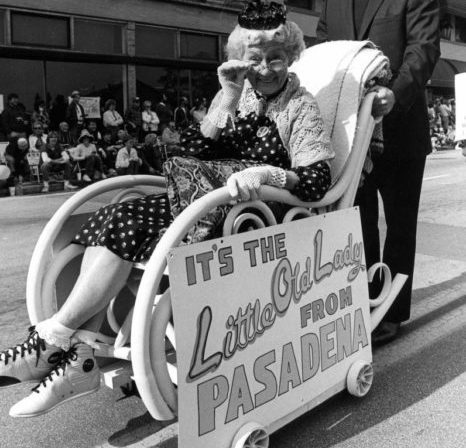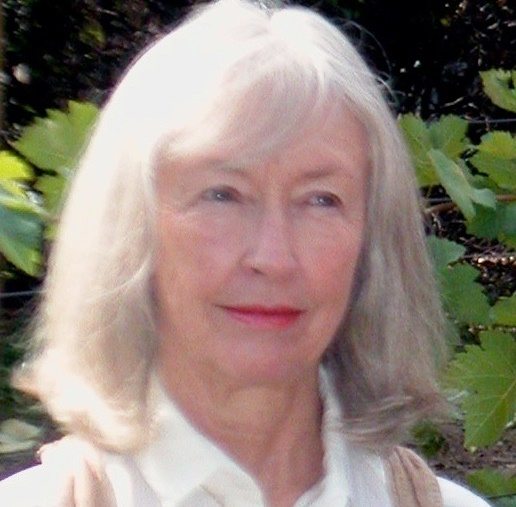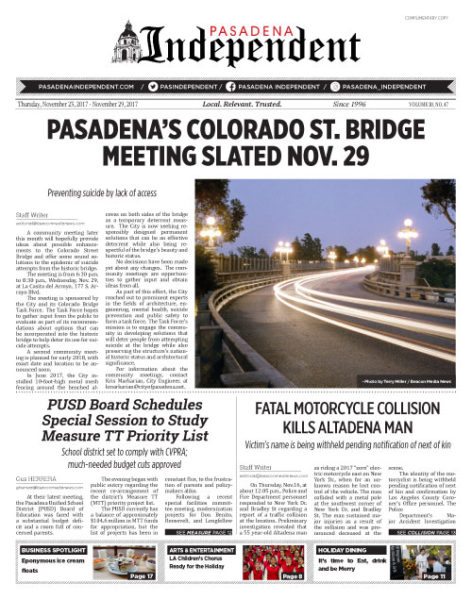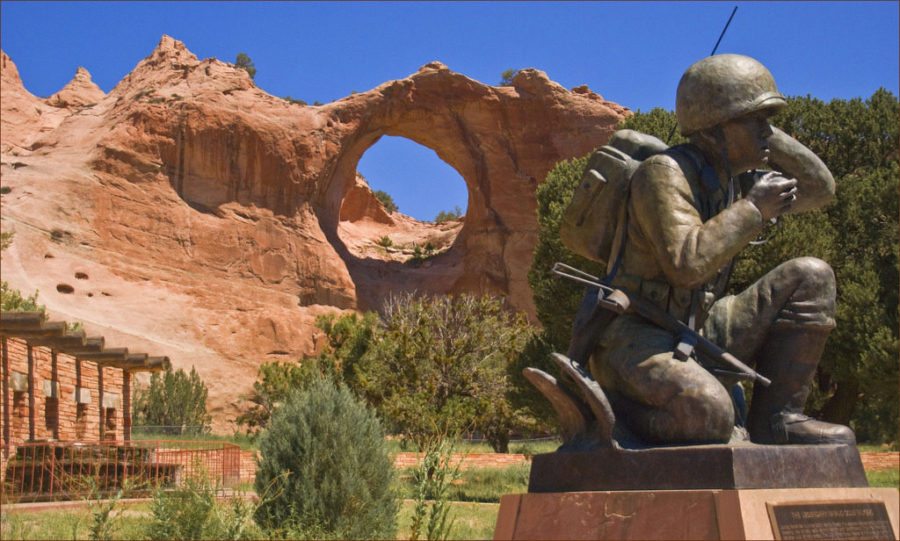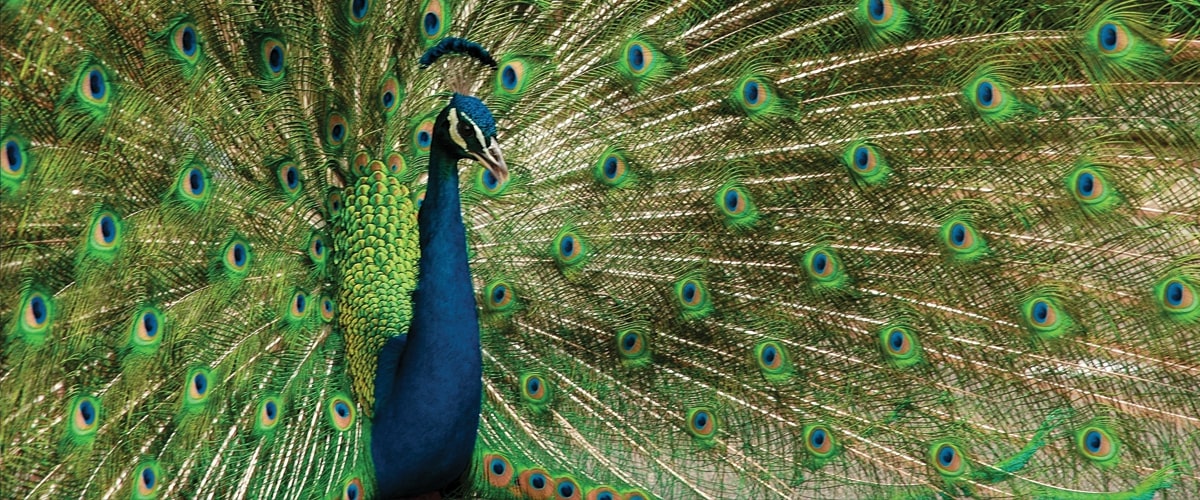
By Ryan Christopher Coleman
In 2010, two local librarians had a great idea. Dan McLaughlin and Martha Camacho were both librarians at Pasadena’s Central Public Library. “It was Martha’s idea,” McLaughlin tells me, in one of the many subterranean annexes of the 90 year old library. We’re talking about the PDHC, or the Pasadena Digital History Collaboration, a coalition of Pasadena institutions dedicated to preserving the city’s history.
Though they had been scanning photos since 1996, the idea didn’t coalesce for Camacho until 2010. She envisioned a collaborative network of local organizations and institutions pooling their resources—financial, intellectual, and of course, archival—to create a single, shared, publicly accessible database of artifacts relating to Pasadena’s history. After receiving a grant from California’s Eureka! Leadership program, the PDHC was created, becoming exactly that.
The PDHC was founded as a consortium of participating members, consisting of the Pasadena Public Library, the Pasadena Museum of History, and Pasadena City College (specifically, the PCC Shatford Library). It has since expanded to include Pasadena’s Planning & Community Development Department, The Huntington Library, the Pasadena Buddhist Temple, and the Glendale Community College Library.
How does it work? “To begin with,” McLaughlin tells me with a wry smile, “the PDHC doesn’t really exist.” He means the Digital History Collaboration is truly collaborative in nature, not just in name. They have no headquarters, no employee dedicated full-time to PDHC duties, and none of their “ephemera” (library-speak for materials) belong to them. Each partnering institution owns the rights to their materials. They can share images and accompanying information with the PDHC for the purpose of having the information publicly accessible and easily searchable on a common site.
Leaders within participating institutions—including McLaughlin, current chairwoman Linda Stewart of PCC’s Shatford Library, and head archivist at the Pasadena Museum of History Laura Verlaque—share responsibilities, carving time out of their own busy schedules, on their own dimes. McLaughlin estimates the Public Library alone has shared about 9,000 photos, a small portion of the over 46,000 photos, artworks, newspaper articles, city directories, manuscripts, film, vinyl records, and more in PDHC’s total circulation.
As PDHC’s archives grew, however, a problem arose. Many of the photos lack identifying information. McLaughlin talks about “shoebox collections”—unorganized collections of photos thrown into shoeboxes by families over time, depicting many generations and many places without any note on the subjects. From this need came the Mystery Photo Collection.
The collection is a small subset of PDHC’s total archives, but contains some of the most visually striking and historically befuddling photos in the entire collection. The over 400 photos range from glimpses of Colorado Boulevard at the turn of the century, to enigmatic portraits of unidentified early Pasadenans.
“Everything,” is McLaughlin’s answer to what the PDHC needs help with identifying in the photos. Dates, locations, people—the PDHC is committed to bridging the disparate times and places that make up Pasadena’s storied history and these photos could be important pieces of the puzzle. A comment on a photo’s Flickr page, an email to a librarian or archivist—any way you can supply these great architects of Pasadena’s cultural memory with more information. “Pasadena has a great sense of historical continuity,” explains McLaughlin, “but it is a little bifurcated between different regions and organizations.” Being such an old city (by California standards), with such a complex civic evolution, it’s up to the people of Pasadena to fill in the missing pieces of their patchwork history.

